Restoration using dental ceramics is commonly associated with aggressive preparation and short survival rates, says dentist Eduardo Mahn from Chile. In a live webcast to be presented by the Dental Tribune Study Club in October (2 Oct. 2011, 1 p.m. Indian Standard Time), the implantology and aesthetic dentistry expert will discuss the aesthetic potential and indications for modern ceramics. Dental Tribune ONLINE spoke to him in advance about the misconceptions, biological aspects and the reason that all-ceramic restorations should be taught at dental schools.
DT Online: Your DT Study Club live webcast will be on dental ceramics. In what aspects have these materials improved in recent years?
Dr Eduardo Mahn: That’s a tricky question as dental ceramics have seen quite a development in recent years. Probably the most significant improvement is the strength of more than 1000 MPa, for example with zirconium oxide, which made the fabrication of multi-unit bridges possible. Evenly significant and even more relevant is the improvement in aspects like aesthetics, versatility and simplicity. Lithium disilicate based ceramics have become available for CAD-CAM and press technology which means that we are now able to make monolithic crowns or veneers without any layering step.
This is great news for dental technicians, as these materials help to make the fabrication process much easier and faster. In addition, dentists benefit from lower costs and more predictable clinical results.
Many clinicians however seem to ignore the potential that ceramics have to offer. What are the reasons for this?
I guess the problem starts with education. In the past five year, I have had the opportunity to visit more than 100 dental schools and in most of them all-ceramic restorations are not part of their undergraduate programmes. For this reason, many young dentists are not familiar with working with modern ceramics when they start their careers, and thus keep doing porcelain-fused-to-metal (PFM) crowns owing to lack of experience and information.
Where do all-ceramics fit in with regard to the minimally invasive concept?'
All-ceramic restorations are a pillar of the minimally invasive and maximum preservation concepts. However, we need to differentiate between different ceramics; zirconium-oxide restorations are more aesthetic than PFM crowns, but are opaque and need more preparation and thus are not minimally invasive. Adhesive cementation is also problematic. Glass ceramics are truly minimally invasive because one can make extremely thin restorations and cement them adhesively.
Apart from the choice of materials, what other factors influence the success of all-ceramic restorations?
It is important that clinicians always consider the biological aspects of treatment. Many errors are related to violation of the biological width, for example. Other commonly underestimated aspects are the effort and precision needed for oral rehabilitation. The clinical success of crowns or veneers depends largely on an accurate diagnosis, proper treatment selection, precise preparation and impression, lab work and clean cementation.
There are plenty of resin cements available on the market. What should clinicians consider when choosing and applying these materials?
There are many new cements from companies will little experience in the production of dental materials and, therefore, clinicians should trust in established products. It is also important to understand how their chemistry works in order to decide which material is best suited for specific indications.
My webcast is going offer some guidelines on how to choose the right product, but the main principle here is that light does not penetrate thick or opaque ceramics. Therefore, we have to use dual-curing cements such as Multilink N (Ivoclar Vivadent) for crowns, bridges, endo-crowns and onlays, as well as thick inlays and onlays. Light-curing cements are recommended for thin restorations such as all kinds of dental veneers.
New digital devices have the potential to improve diagnostics as well as treatment outcomes. What impact can they have on all-ceramic restorations?
Digital photography is a huge improvement in communicating with laboratories and scanners help transfer data between practices and labs located far from one another . CAD/CAM technology is helping to standardise treatment protocols, which makes clinical outcomes more predictable.
Besides your webcast, will you be offering more lectures on this topic in Asia?
We are trying to organise some hands-on courses in India and other countries in South East Asia for the end of the year. More information will be available on the Ivoclar Vivadent website soon.
Thank you very much for this interview.
Dr Sean K. Carlson is Associate Professor of Orthodontics at the University of the Pacific’s Arthur A. Dugoni School of Dentistry in San Francisco and ...
Dr Joshua Austin is a practising restorative dentist from San Antonio in the US and speaks on practice management and clinical dentistry. In his upcoming ...
IDS 2019 is expected to be even bigger and more international than the previous event in 2017. As the dental world prepares to travel to the city of Cologne...
As digital technologies become increasingly enmeshed in the everyday workflow of dental practices, dental education is changing to reflect their growing ...
The aim of this comprehensive systematic review was to present the different definitions of periimplantitis proposed in the literature.
The causes of early implant failures during the osseointegration process include poor quality and quantity of bone and soft tissue,[1-8] the ...
Though one is a master dental technician and the other a dentist, Daniele Rondoni and Dr Nicola Scotti share a passion for discovering new materials and ...
2018 marks a special year for IDEM. The biennial event, which opened its doors for the first time in 2000, has now become one of the largest and most ...
Representing 40,000 dental laboratories and 210,000 dental technicians in Europe, the European and International Federation of Dental Laboratory Owners and ...
Stephan Kreimer is a master dental technician who runs a dental laboratory in Warendorf in Germany. Since he developed an interest in technology early on, ...
Live webinar
Fri. 12 December 2025
1:00 pm EST (New York)
Live webinar
Fri. 12 December 2025
2:00 pm EST (New York)
Deepak Simkhada RDHT, BSc, MSc, PGCE, FSET, Cat Edney
Live webinar
Mon. 15 December 2025
5:30 am EST (New York)
Live webinar
Mon. 15 December 2025
2:00 pm EST (New York)
Dr. Andrew Ip, Przemek Seweryniak
Live webinar
Mon. 15 December 2025
5:00 pm EST (New York)
Live webinar
Wed. 17 December 2025
6:00 am EST (New York)
Dr. Piet Haers Oral and Maxillofacial Surgeon
Live webinar
Wed. 17 December 2025
4:00 pm EST (New York)
Dr. Melissa Vettraino Bachstein DDS



 Austria / Österreich
Austria / Österreich
 Bosnia and Herzegovina / Босна и Херцеговина
Bosnia and Herzegovina / Босна и Херцеговина
 Bulgaria / България
Bulgaria / България
 Croatia / Hrvatska
Croatia / Hrvatska
 Czech Republic & Slovakia / Česká republika & Slovensko
Czech Republic & Slovakia / Česká republika & Slovensko
 France / France
France / France
 Germany / Deutschland
Germany / Deutschland
 Greece / ΕΛΛΑΔΑ
Greece / ΕΛΛΑΔΑ
 Hungary / Hungary
Hungary / Hungary
 Italy / Italia
Italy / Italia
 Netherlands / Nederland
Netherlands / Nederland
 Nordic / Nordic
Nordic / Nordic
 Poland / Polska
Poland / Polska
 Portugal / Portugal
Portugal / Portugal
 Romania & Moldova / România & Moldova
Romania & Moldova / România & Moldova
 Slovenia / Slovenija
Slovenia / Slovenija
 Serbia & Montenegro / Србија и Црна Гора
Serbia & Montenegro / Србија и Црна Гора
 Spain / España
Spain / España
 Switzerland / Schweiz
Switzerland / Schweiz
 Turkey / Türkiye
Turkey / Türkiye
 UK & Ireland / UK & Ireland
UK & Ireland / UK & Ireland
 Brazil / Brasil
Brazil / Brasil
 Canada / Canada
Canada / Canada
 Latin America / Latinoamérica
Latin America / Latinoamérica
 USA / USA
USA / USA
 China / 中国
China / 中国
 India / भारत गणराज्य
India / भारत गणराज्य
 Pakistan / Pākistān
Pakistan / Pākistān
 Vietnam / Việt Nam
Vietnam / Việt Nam
 ASEAN / ASEAN
ASEAN / ASEAN
 Israel / מְדִינַת יִשְׂרָאֵל
Israel / מְדִינַת יִשְׂרָאֵל
 Algeria, Morocco & Tunisia / الجزائر والمغرب وتونس
Algeria, Morocco & Tunisia / الجزائر والمغرب وتونس
 Middle East / Middle East
Middle East / Middle East
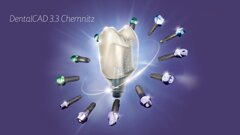

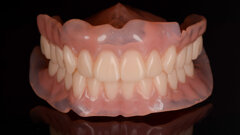

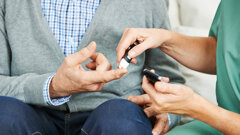





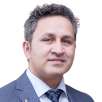





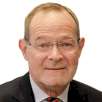






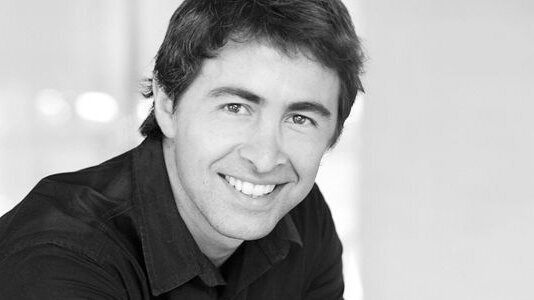



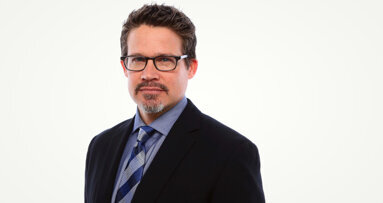
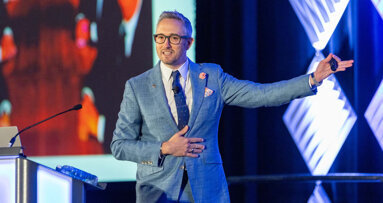

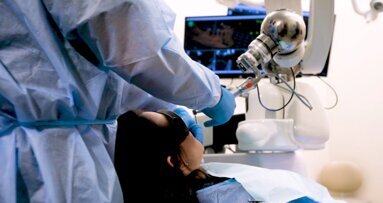

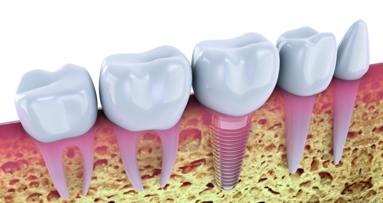
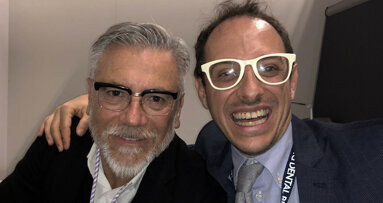
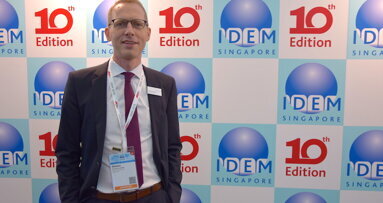
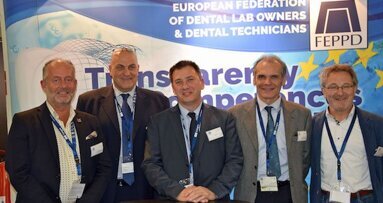
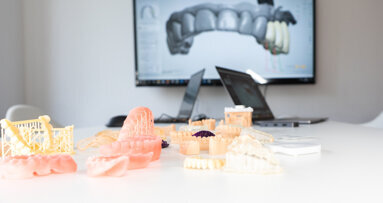








To post a reply please login or register